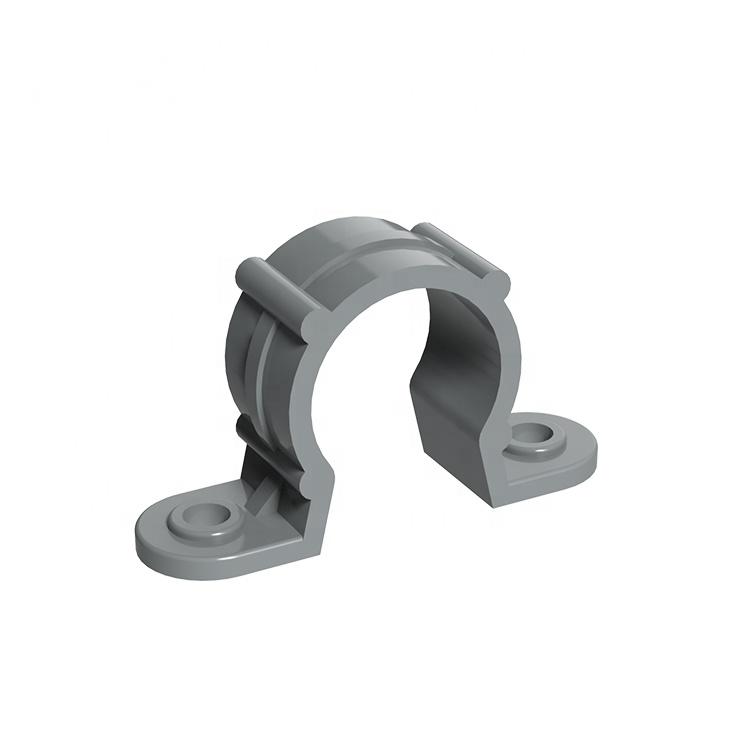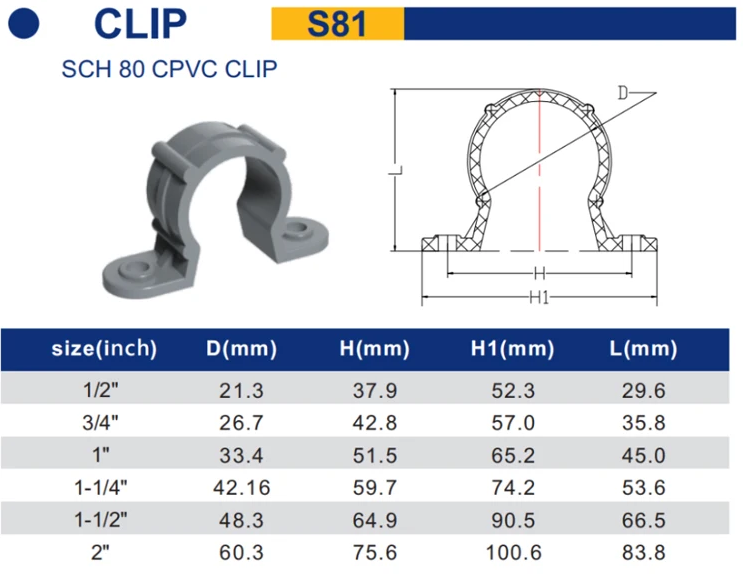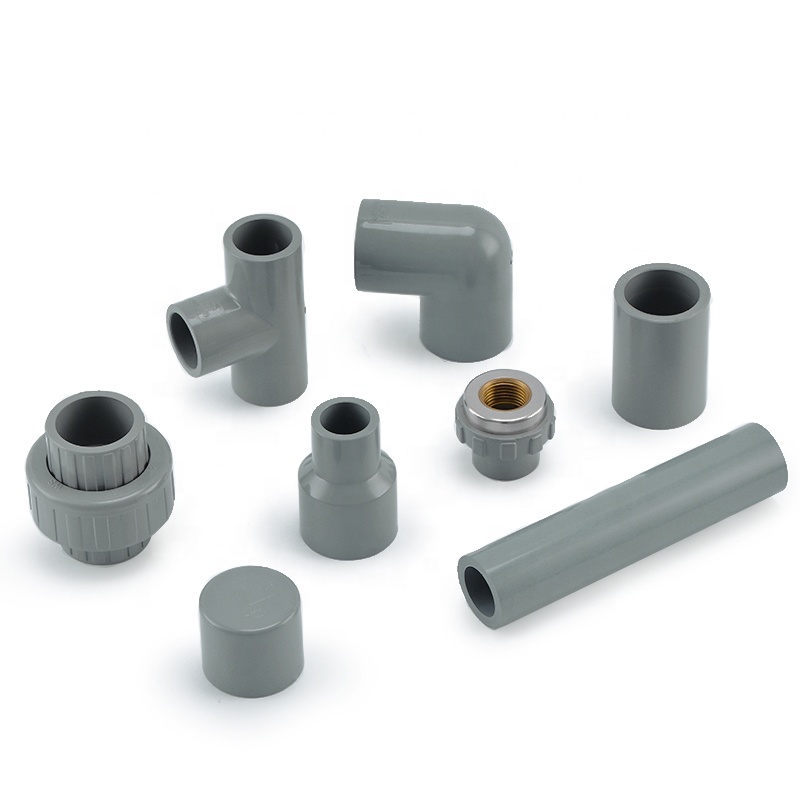Introduction
If you are working with Schedule 80 CPVC (Chlorinated Polyvinyl Chloride) pipes, it is important to understand the appropriate pressure to use. This information will help ensure the safe and efficient operation of your plumbing system. In this blog post, we will discuss the recommended pressure for it and provide some additional tips for working with this material.
Understanding Schedule 80 CPVC
Schedule 80 CPVC pipes are commonly used in a variety of applications, including hot and cold water distribution, industrial processing, and fire sprinkler systems. They are known for their durability, chemical resistance, and ability to handle high temperatures. However, it is crucial to use the correct pressure to prevent any potential issues.

Recommended Pressure for Schedule 80 CPVC
The recommended pressure depends on the temperature of the fluid being transported. It is important to note that the pressure ratings for CPVC pipes are lower than those for metal pipes. This is because CPVC is a thermoplastic material that expands and contracts with temperature changes.
For water distribution systems, the recommended pressure for Schedule 80 CPVC pipes is typically 100 psi (pounds per square inch) at 73°F (23°C). However, as the temperature increases, the maximum allowable pressure decreases. For example, at 120°F (49°C), the recommended pressure drops to 80 psi.
It is essential to consult the manufacturer’s specifications and guidelines for the specific CPVC product you are using. The manufacturer will provide the maximum allowable pressure ratings for different temperatures. Following these guidelines will ensure the integrity and longevity of your plumbing system.

Tips for Working with Schedule 80 CPVC
Here are some additional tips to keep in mind :
- Always use the appropriate solvent cement recommended by the manufacturer to join CPVC pipes and fittings. This will ensure a strong and leak-free connection.
- Follow the correct installation procedures, including properly preparing the pipe ends, applying the solvent cement evenly, and allowing sufficient curing time.
- Protect the CPVC pipes from direct sunlight and extreme temperatures, as prolonged exposure can degrade the material over time.
- Use CPVC-specific tools and equipment to cut and shape the pipes. Avoid using tools designed for metal pipes, as they can cause damage or create weak points.
- Regularly inspect the CPVC pipes for any signs of damage or deterioration. Address any issues promptly to prevent leaks or failures.

Conclusion
When working with Schedule 80 CPVC pipes, it is crucial to use the recommended pressure to ensure the safe and efficient operation of your plumbing system. Remember to consult the manufacturer’s specifications for the maximum allowable pressure ratings at different temperatures. By following the guidelines and tips provided in this blog post, you can confidently work with it and enjoy its many benefits.

Leave A Comment